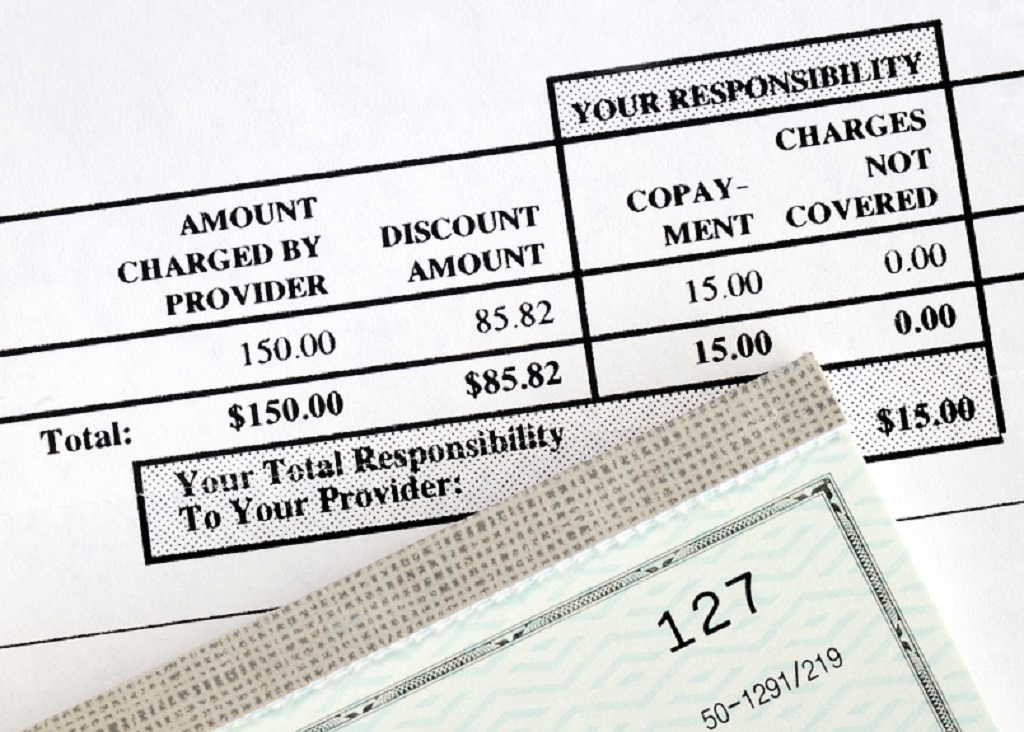
3 Common Questions About Estimating Patient Responsibility
With higher deductibles, patient responsibility is increasing. As patient balances climb, practices are seeking effective methods of collecting outstanding balances and to collect more at time of service. Estimating patient responsibility prior to claim adjudication can be very challenging, and there is really no method that guarantees 100% accuracy.
However, practices can absolutely estimate patient responsibility successfully to minimize risks and to effectively improve the critical task of improving patient collections.
Let’s look at and answer these three frequently asked questions about estimating patient responsibility.
Q: Am I allowed to collect at time of service when the claim has not been adjudicated?
A: Practices are often reluctant to collect estimated patient responsibility at time of service because of confusion over whether they are allowed to do so.
Since many patients are now covered by high deductible health plans, many payers have become more flexible in allowing deductibles and coinsurance to be collected at time of service. The payment amount made by the patient will need to be included on the claim when it is submitted to the payer. Payers also require that any overpayment made by the patient be promptly refunded.
If you are considering enforcing time of service payment collections as part of your revenue cycle strategy, which is highly recommended, make certain to look over your payer contracts. You may also want to seek guidance from a healthcare attorney for clarity regarding state laws and whether payments can be collected from patients before claim adjudication.
Q: Should I collect the full estimated amount?
A: This depends on how capable your office is when it comes to monitoring your patient accounts. You should also assess how well your practice management software supports your patient collections process.
There is also an administrative burden when dealing with overpayments. Unless the patient is no where close to satisfying their deductible, it’s likely that you will end up having to issue a refund. An example in which this may happen, despite a best effort in estimating what they may owe, is when a claim from another provider is processed before your claim. In this case, a deductible may no longer be owed.
It’s also worth mentioning that you should be aware if your patients have an FSA (flexible spending account) or HSA (healthcare spending account) tied to their insurance.
This brings us to having a credit card on file. Being able to charge patients immediately after services are rendered is a great way to get paid promptly. It also allows for you to get an authorization to charge up to a certain amount automatically directly after adjudication.
For patients that have an FSA or HSA tied to their insurance, you may still want to consider using the credit card on file approach as opposed to collecting the estimated amount. This could help you avoid having to issue a refund if the estimate is not accurate. Again, if another provider’s claim hits before yours, this will alter the patient’s remaining deductible.
Some reports show that practices only collect 50% of patient responsibility after patients leave their office. To further improve your collections rate, consider collecting a percentage of the full estimated amount at time of service.
Q: Do I need a patient responsibility estimator?
A: Many practices have been successfully estimating patient responsibility for years using a combination of a spreadsheet listing their most commonly used CPT codes and the associated reimbursement rates for their common payers. This coupled with your current process of eligibility verification, should allow for a fairly accurate estimate of what the patient’s responsibility will be for the visit. You can then have a conversation with them about their payment options.
Estimating a patient’s responsibility is just one piece of the overall patient collection process. It’s vital that your financial policy is clear and up to date. It should reflect what your requirements are regarding payment at time of service. Expectations should be set up front before services are rendered to avoid confusion. It is also imperative that your staff is familiar with these policies and is trained to implement them appropriately.
If you have any questions or need help with your patient collections, give us a call at (844) 424-5537 or send us a message here.

Leave a Reply